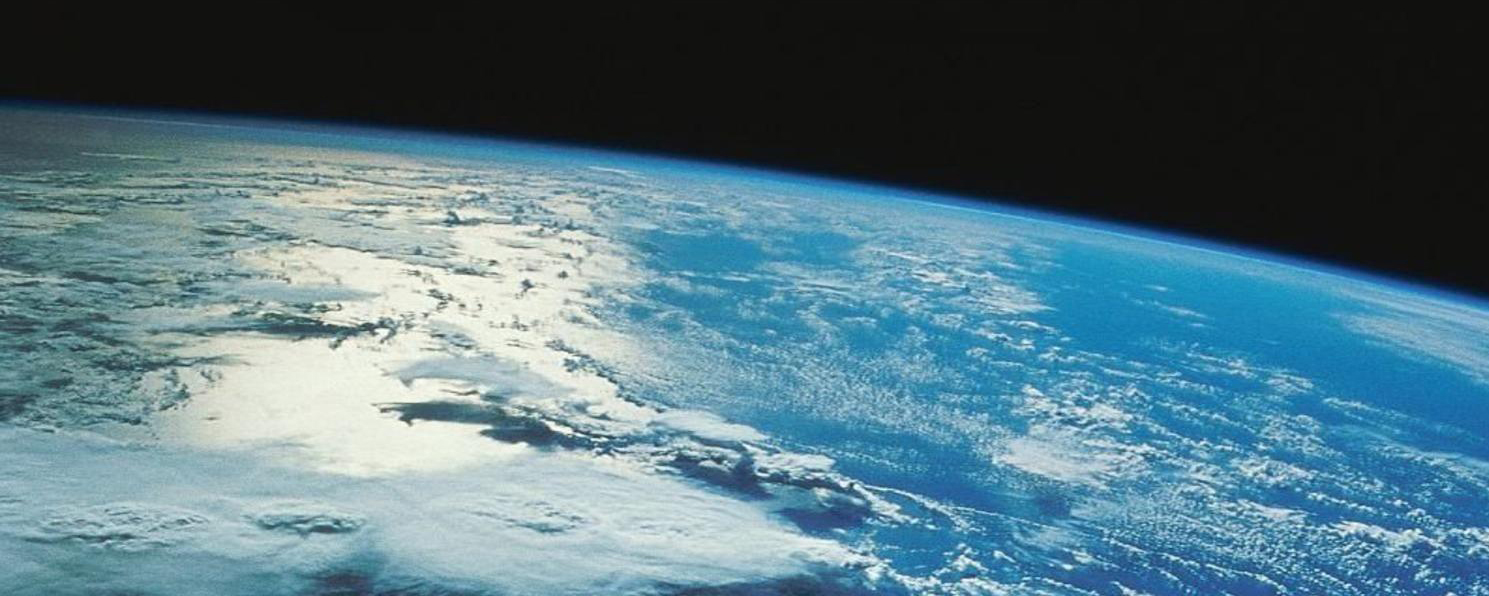



It is volcanoes, not us.
According to the United States Geological Survey, the world’s total volcanoes, including those above and below water, produce about 200 million tons of carbon dioxide. However, across the globe, humans produce 100x that amount at a cumulative 29 billion tons of CO2 emissions every year every year through the burning of coal and other fossil fuels. In fact, according to the National Oceanic and Atmospheric Administration, several individual U.S. states like Texas and California emit more carbon dioxide in a year than all the volcanoes on the planet combined do. Large, violent eruptions like that of the 1980 Mount St. Helens eruption may match the rate of human emissions for the few hours that they last, but they are too rare and fleeting to rival that of humanity’s continuous output. Along with CO2, volcanoes release volcanic ash, aerosol particles, and sulfur dioxide that converts into sulfuric acid that change the refraction of light in the atmosphere, altering the amount of light entering the Earth, which can actually cause a small decrease in the average temperature of the Earth. Although volcanoes can have an effect on the climate, it is not as significant as the anthropogenic input of CO2 into the atmosphere.
Contributed by: Margaret O'Brien, William Nguyen, Benjamin Grove